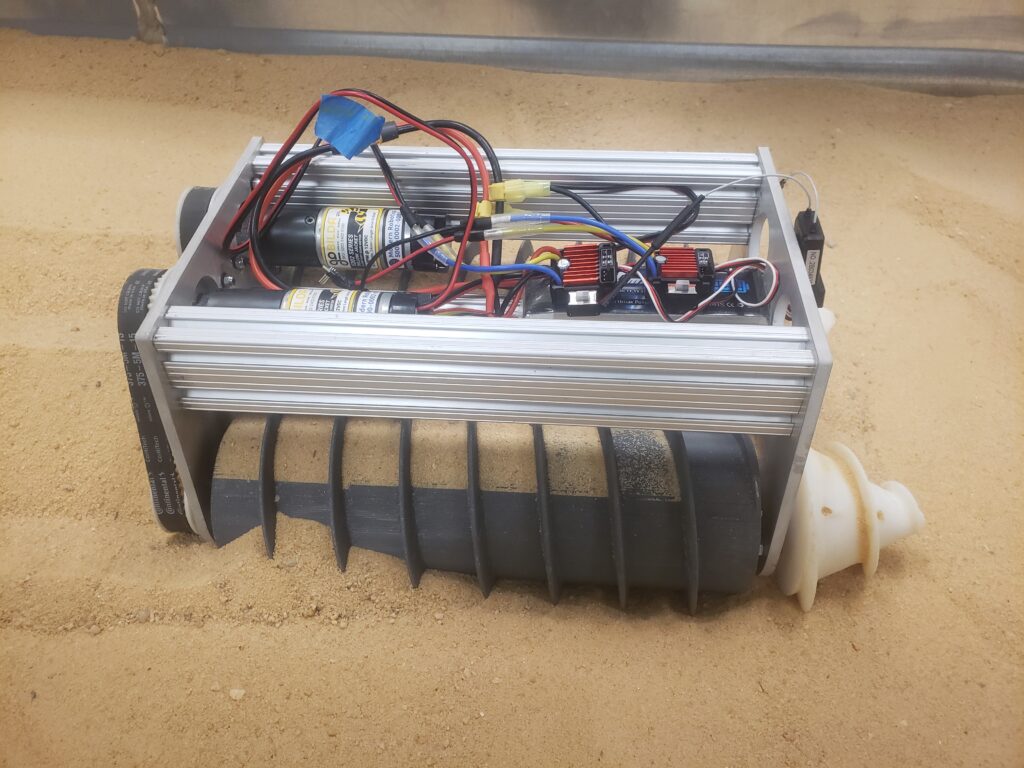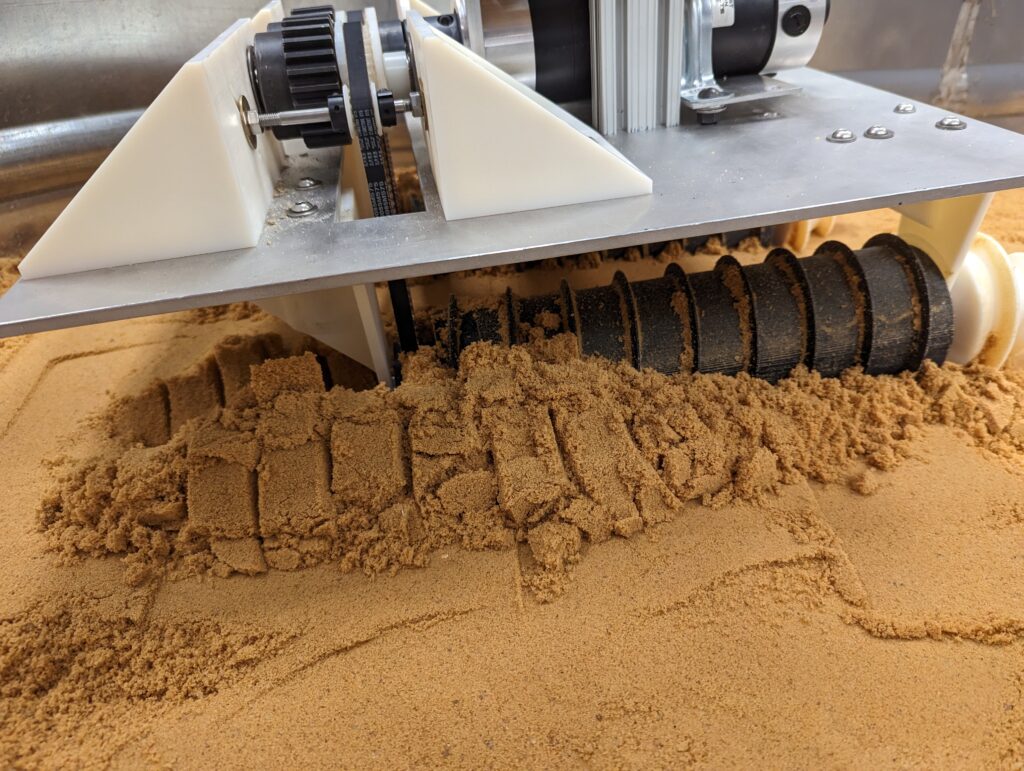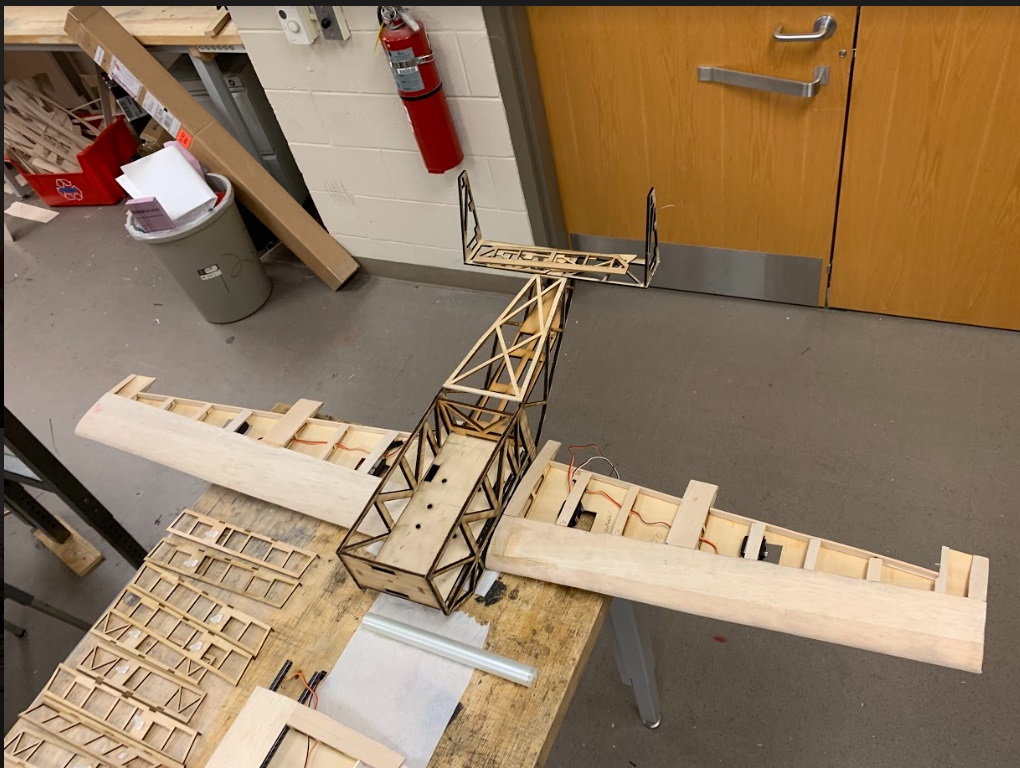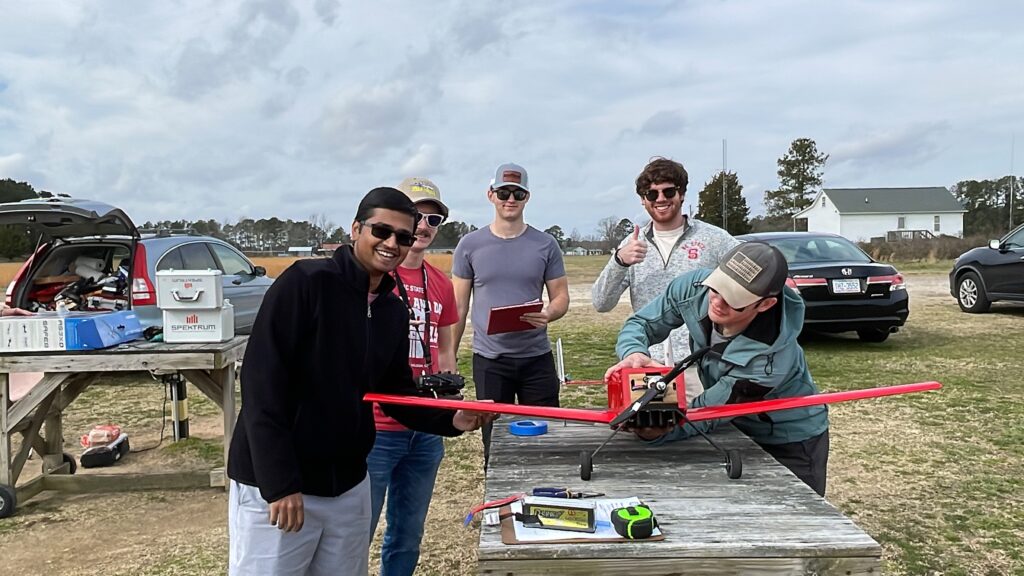Siddharth Samal is a member of the Class of 2023 and is graduating from the College of Engineering. Siddharth reflected on his time at NC State and in the Park Scholarships program, highlighting his research and work in Aerospace Engineering.
By Siddharth Samal ’23
I have always been fascinated about airplanes. All other forms of transportation involve contact on some visible surface. The concept of moving through the air defying the force of gravity is just exciting to me. It’s what I call the closest thing to magic! Aerospace engineering is also not something we see, use, or experience on a regular basis, which drives my curiosity toward that field even more.
The advancements in avionics and aircraft technology is simply fascinating to me, and I feel I can make a difference in the world best through this field.
Siddharth Samal ’23
My undergraduate research involved assisting with the design of a planetary exploration rover capable of traveling on multiple terrains, including sand, soil, snow, on the water surface and underwater. The specific technology I worked on that enabled these features was a propulsion system involving helical drives, which are large screw-like cylindrical wheels that generate motion of the vehicle rotation of the wheels in opposite directions to each other. Unlike traditional wheels, the threads on these helical drives allow them to move forward by pushing the terrain behind them as the cylinders rotate. These attributes make helical drives favorable for soft terrains over traditional wheels. My role consisted of analyzing the optimal thread characteristics for the size of the rover we were building. These thread characteristics include thickness, pitch, and revolutions per unit length. My work also expanded to building the testing environment for our rover and rebuilding the electronics carriage to be capable of operating underwater.


I am really proud of my senior design project. It involved building a small radio controlled (RC) airplane to fly at the Design/Build/Fly (DBF) competition organized by the American Institute of Aeronautics and Astronautics (AIAA), a professional society in the field of aerospace engineering. As the propulsion engineer in this project, I was involved in choosing an efficient propulsion system that would enable the airplane to take off smoothly, maintain stable flight, and provide the airplane high speed to make it a competitive aircraft. Choosing such a propulsion system was no easy task as it involved several components—batteries, motors, propellers, electronic speed controllers to name a few—with specifications heavily limited by the competition committee. I ran my chosen propulsion under multiple computer simulations and wind tunnel tests to verify its performance before building this system. This project also helped me gain exposure to manufacturing practices, including wood laser cutting, soldering, and fiberglass molding. This project required several work hours under strict competition rules, but it was an immense learning experience. I would not have learned as much as I did in this project had I focused only on courses.


During my four years at NC State, I was also a part of the High-Powered Rocketry Club. My work was centered around using computer aided designs (CAD) to model large rockets that we built later on. My role was to analyze the structural integrity of the full rocket system during launch using simulation software, locating points of potential critical failure, damaged subsystems, and areas of material strength improvement. My analyses directly impacted the costs of building these rockets, so it was crucial that I get this correct. This club taught me a lot of characteristics of rocket technology and vehicle dynamics that I later on applied in my internship at Corvid Technologies, an engineering solutions software company.
My role was to analyze the structural integrity of the full rocket system during launch using simulation software, locating points of potential critical failure, damaged subsystems, and areas of material strength improvement.
Siddharth
After graduating next week, I will be interning at Raytheon Technologies’ Missiles and Defense division where I will be refining their missile tracking system. I will be running experiments on their new control technologies and sensors to obtain information on system compatibility, accuracy, efficiency. After completing this internship, I will be attending the Georgia Institute of Technology in Fall 2023 where I will be pursuing my master’s degree in aerospace engineering.